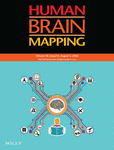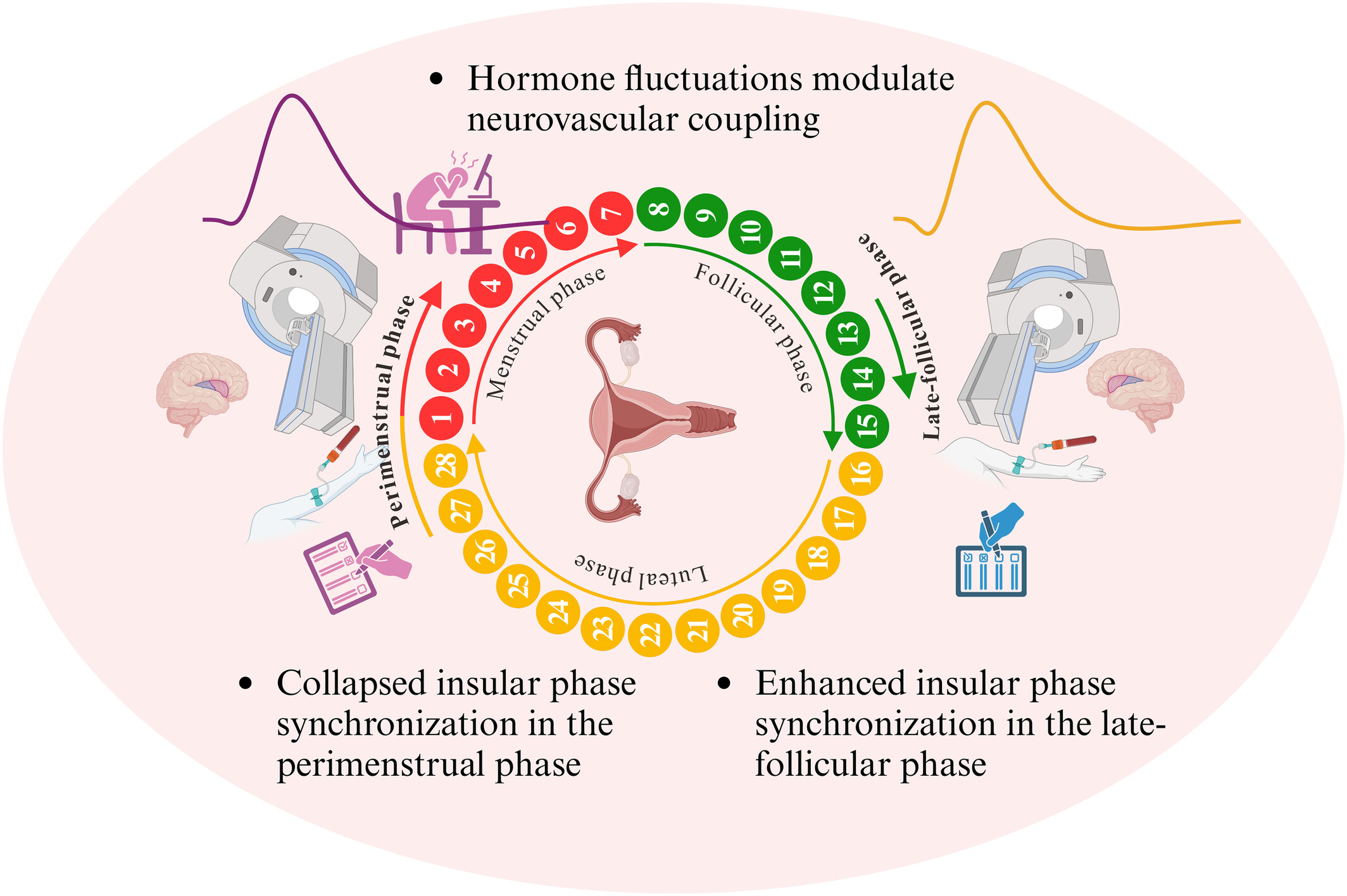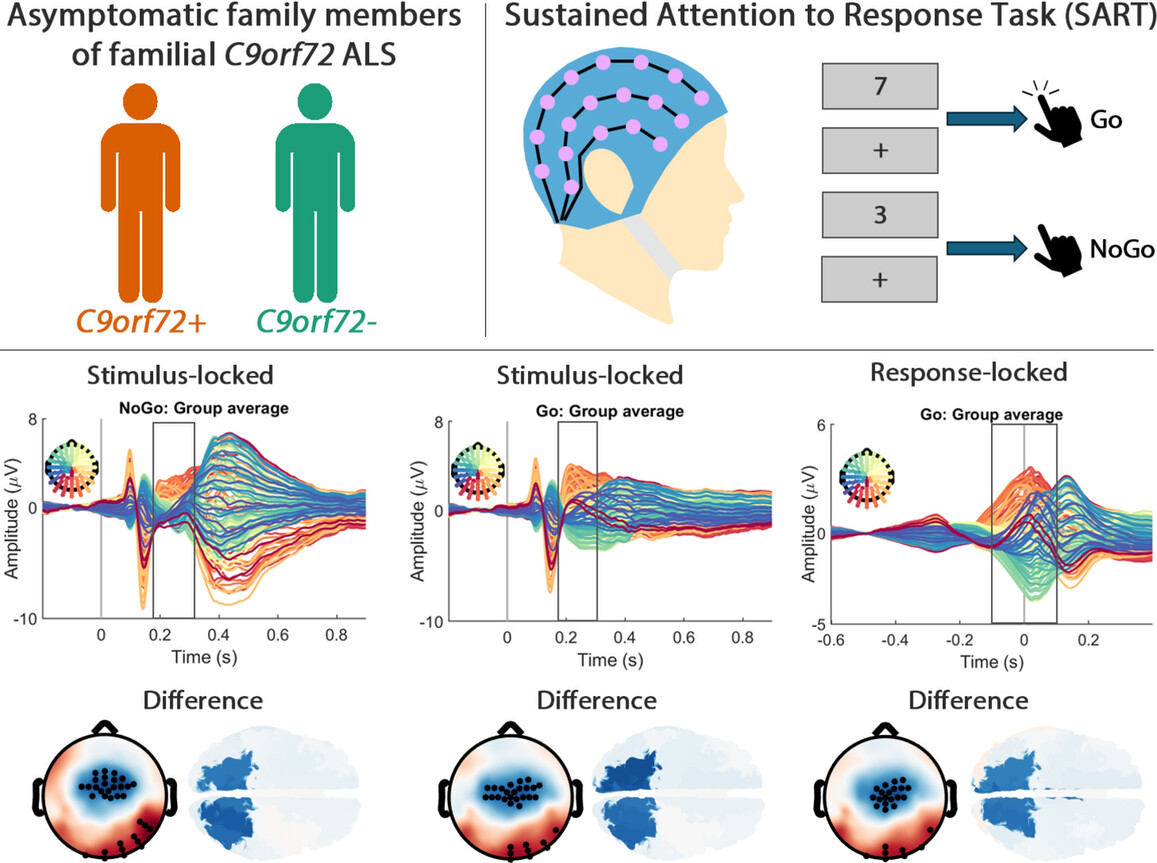Journal list menu
Export Citations
Download PDFs
ISSUE INFORMATION
RESEARCH ARTICLE
Effort Expenditure Reduces Prosocial Decision-Making: Computational Principles and Neural Mechanisms
- First Published: 19 July 2025
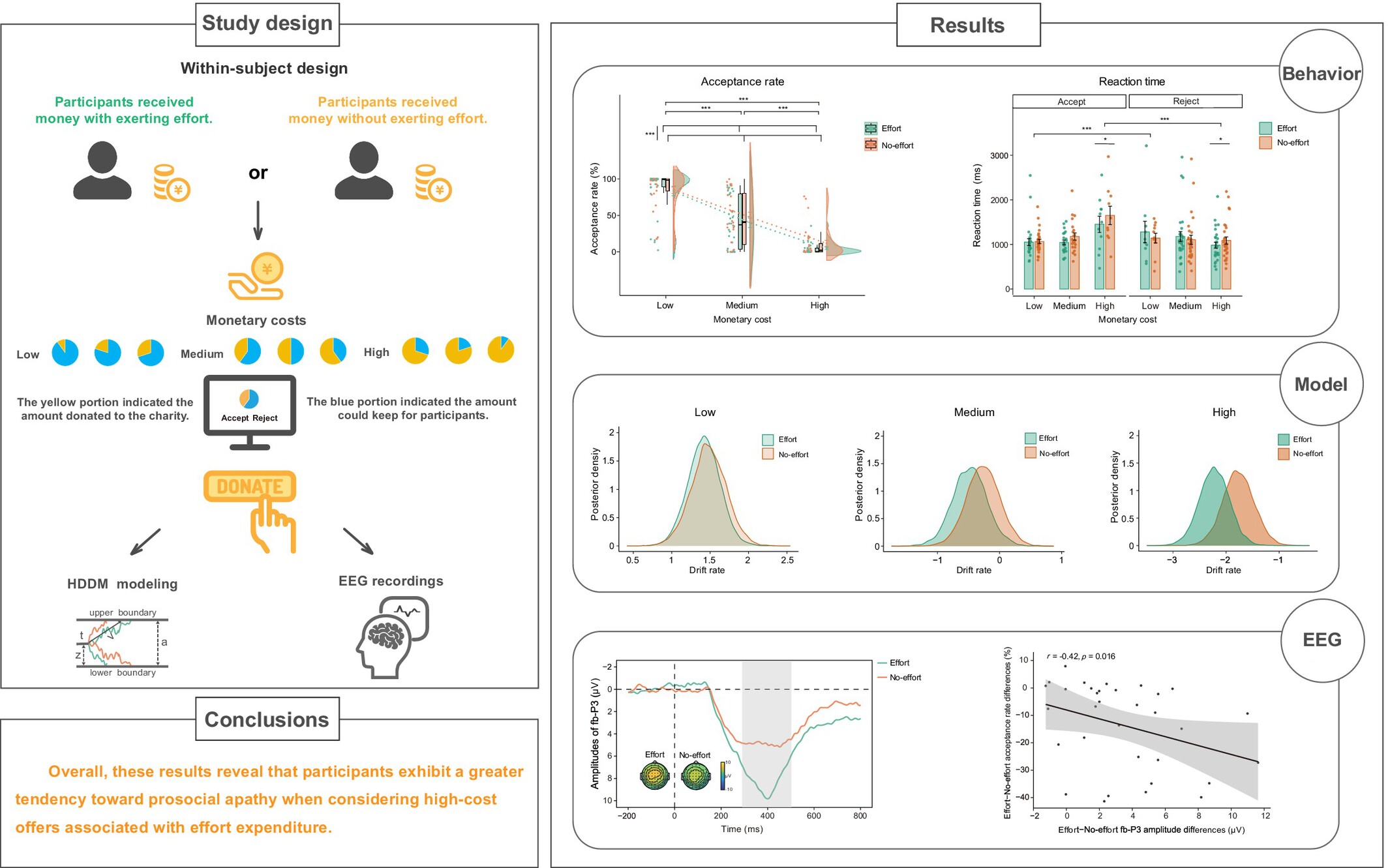
Using cognitive modeling and electrophysiological recordings, we discovered that participants were more likely to reject high-cost donations made with money earned through effort. We observed stronger neural responses in effort conditions compared to no-effort conditions, and reward-sensitive neural responses correlated with less generous donations after effort expenditure.
Age-Associated Cortical Thinning in Speech Motor Regions Precedes Hippocampal Decline: Implications for Alzheimer's Disease
- First Published: 23 July 2025
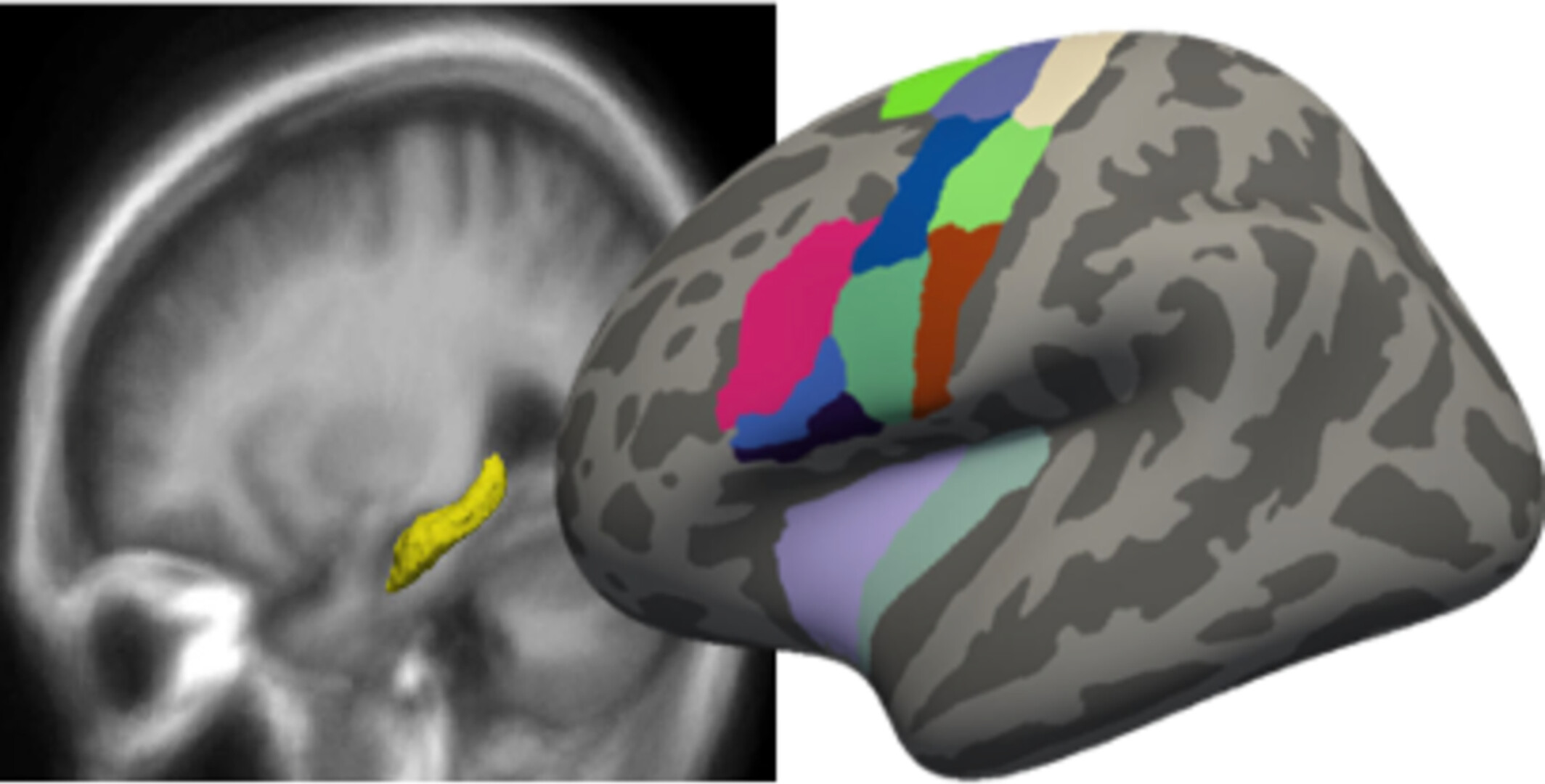
Speech motor control thickness measures were generally not correlated with cognitive performance and showed stronger age associations than hippocampal volume during early adulthood. Thinning of specific speech motor regions precedes reduction in hippocampal volume during early adulthood, and may serve as a target and early indicator of AD-related neurodegeneration.
Decreases in Hormone Levels Modulate Neurovascular Coupling but Not Reduced Insular Functional Connectivity in Menstrual-Related Migraine
- First Published: 22 July 2025
Understanding Empathy Toward Dissimilar Others in Challenging Everyday Interactions
- First Published: 23 July 2025
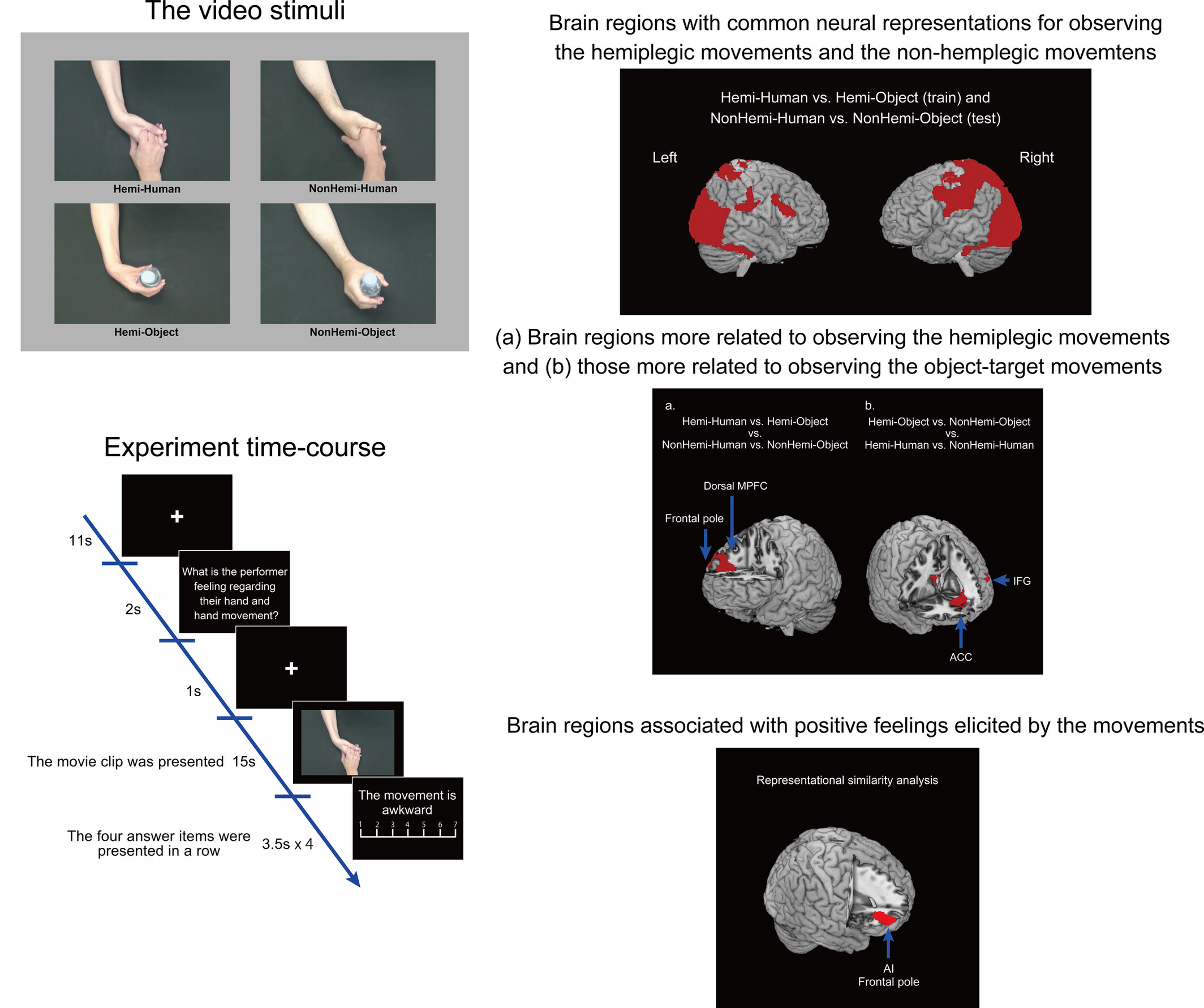
We revealed that empathy toward individuals with physical disabilities engages distinct neural mechanisms involving both affective and cognitive empathy, as shown by fMRI and MVPA. In particular, the dorsal MPFC plays a key role in processing empathy for individuals facing challenges, while the anterior insula is linked to positive feelings elicited by observed behavior.
Common and Distinct Neural Mechanisms Underlying Risk Seeking and Risk Aversion: Evidence From the Neuroimaging Meta-Analysis
- First Published: 22 July 2025
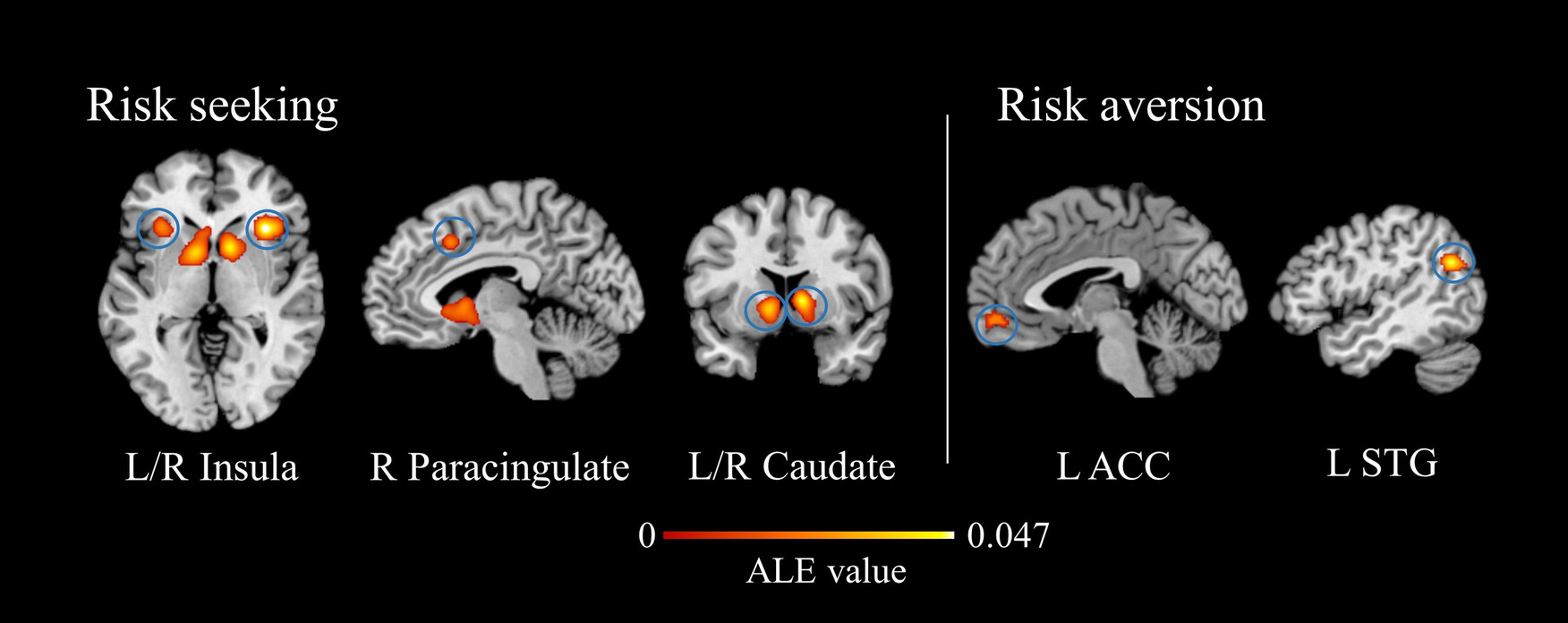
A comprehensive meta-analysis on neuroimaging studies of risk seeking and risk aversion was conducted. Risk seeking and risk aversion involve distinct neural activity. Risk seeking is primarily driven by reward. Risk aversion is largely governed by cognitive control systems. Reward network and cognitive network dynamically regulate decision models.
Brain Age Prediction: Deep Models Need a Hand to Generalize
- First Published: 16 July 2025
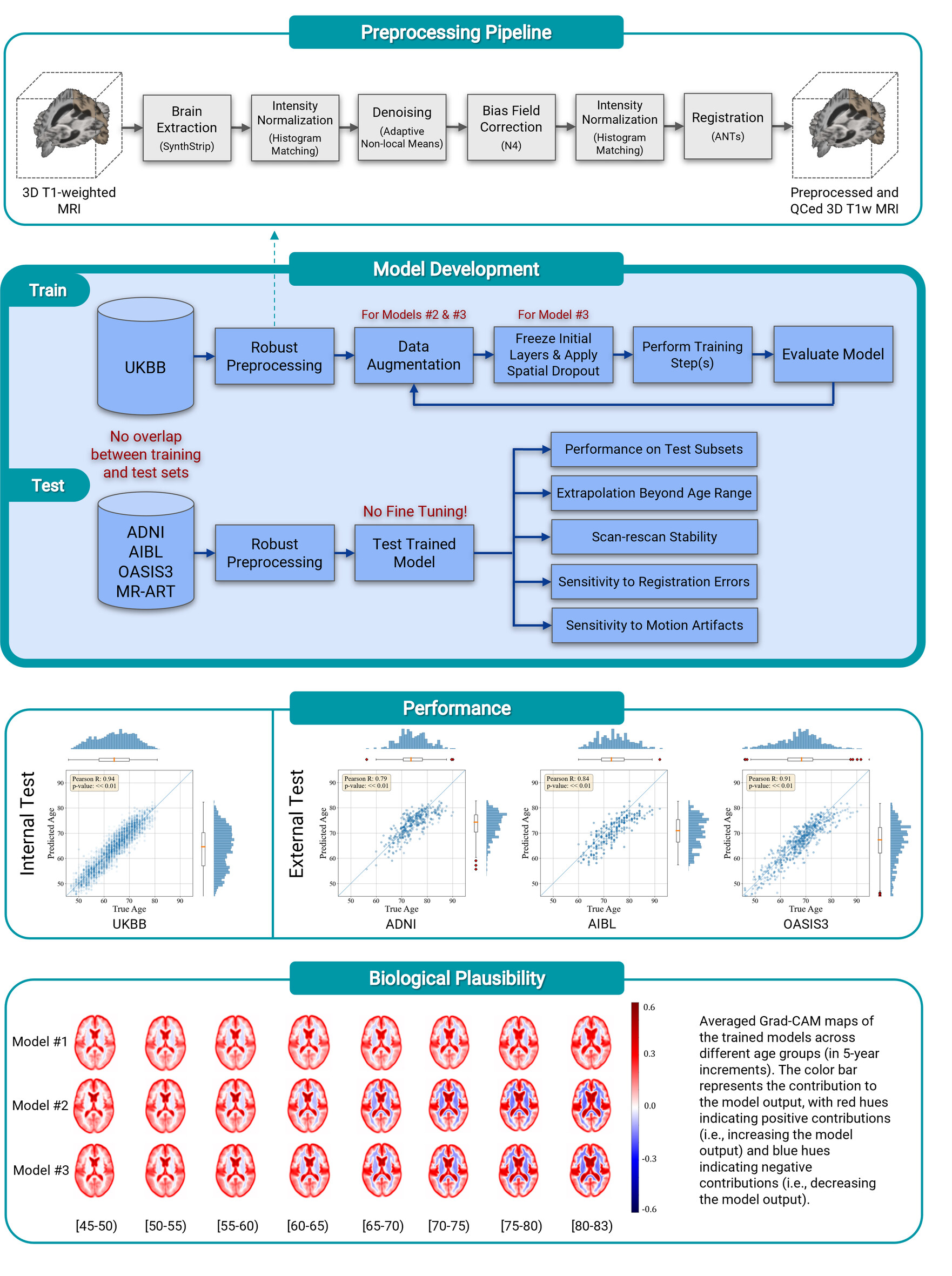
We enhanced the robustness of a CNN-based model for brain age prediction by addressing a key challenge in medical imaging: limited training data often hinders generalization. To overcome this, we refined the MRI preprocessing pipeline and incorporated additional data augmentation and regularization techniques during training. The results showed up to a 47% improvement in brain age prediction accuracy for previously unseen images, a 13% reduction in scan-rescan error, and increased model robustness against registration errors through a specialized regularization approach. This approach involved freezing the initial layers of the network and introducing spatial dropout to the second-to-last convolutional layer halfway through training.
Using Extreme Value Statistics to Reconceptualize Psychopathology as Extreme Deviations From a Normative Reference Model
- First Published: 19 July 2025
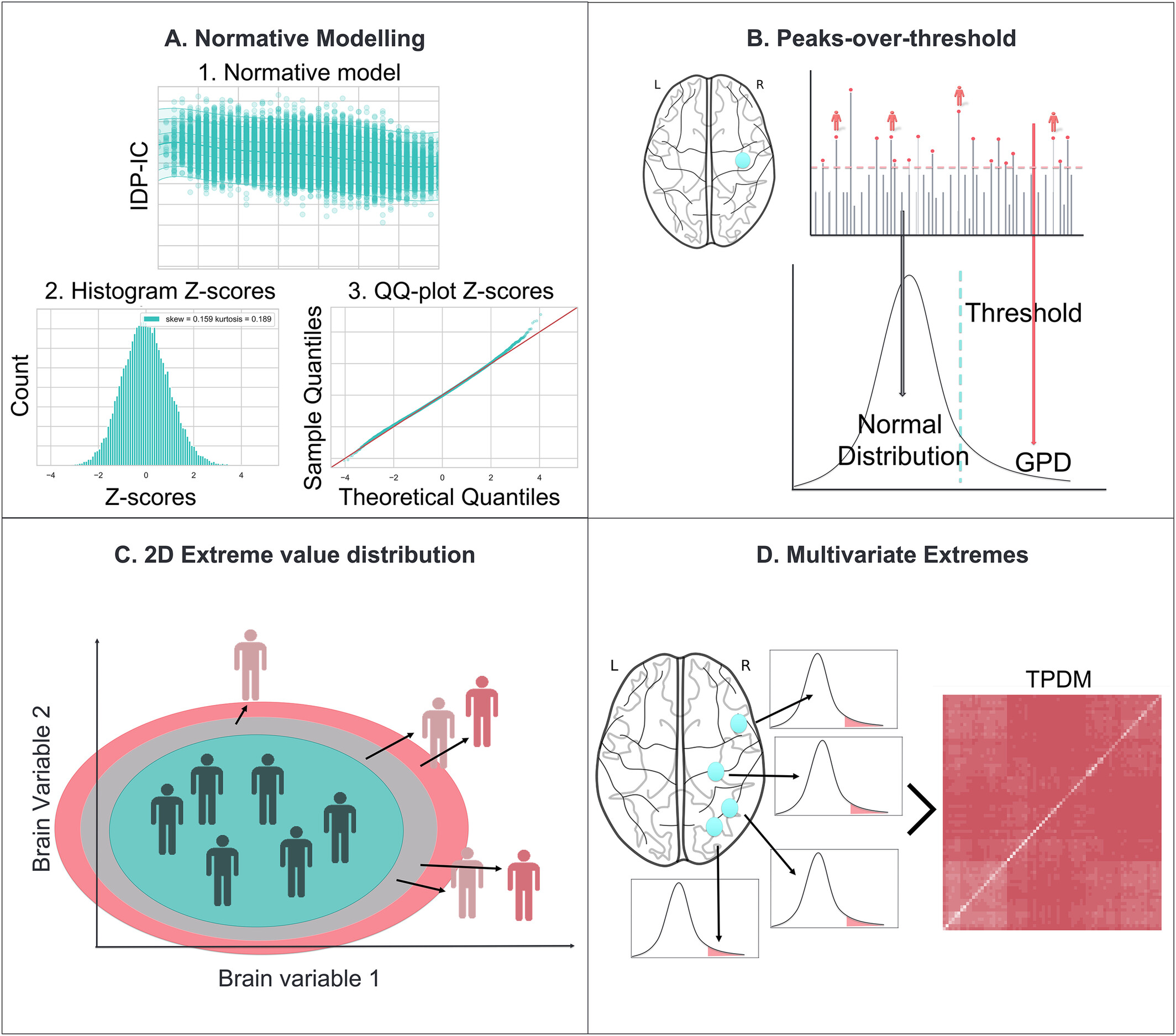
Overview of our approach for extreme value statistics. First, we fit a normative model to imaging phenotypes, before employing a ‘peaks-over-threshold’ approach widely used in meteorology and finance. This allows us to model tail dependencies and provides a multivariate measure of extremely dependence through a tail pairwise dependency matrix (TPDM).
Altered EEG Response of the Parietal Network in Asymptomatic C9orf72 Carriers
- First Published: 25 July 2025
Early Nutrition is Associated With Global Motion Perception and V5 Function in 7-Year-Old Children Born Very Preterm
- First Published: 23 July 2025
A Novel Investigation of an In-Scanner Alternative to the Cold Pressor Test in Healthy Individuals
- First Published: 25 July 2025

We propose cold gelled-water paradigm as the closest in-scanner alternative to the cold pressor task for healthy individuals. Using ICA, seed-based connectivity and spDCM, we reveal descending pain control engagement, PAG-cortical functional disengagement and dynamic connectivity changes, offering new insights into the neural mechanisms of tonic cold pain.
Assessing the Early Lateralization of White Matter in the Infant Language Network
- First Published: 23 July 2025
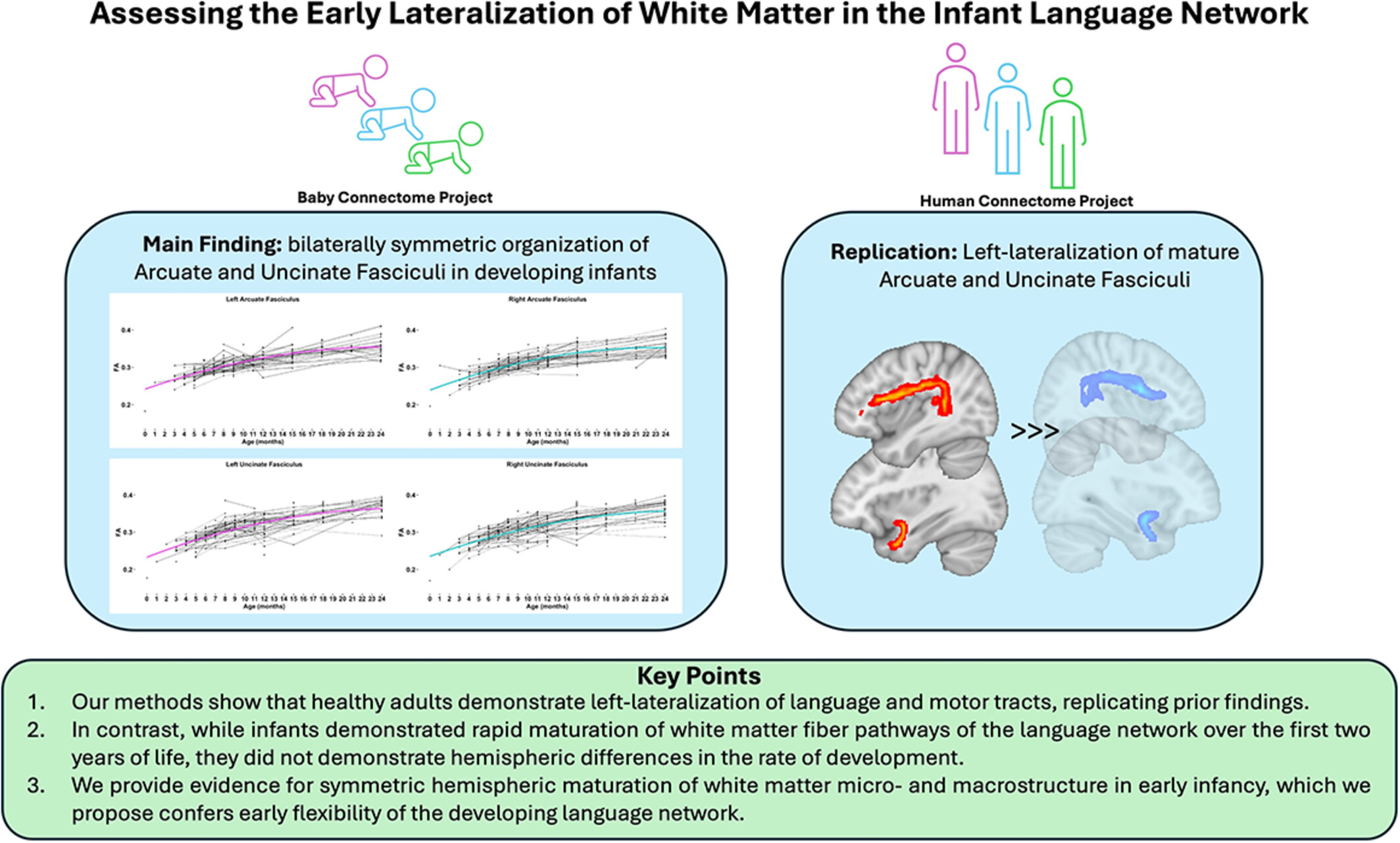
We examined white matter pathways within the infant language network in order to assess the development of structural language lateralization. We find that white matter pathways that support language functions—and are typically left-lateralized in adults—are bilaterally symmetric in infants from birth to 24 months.




